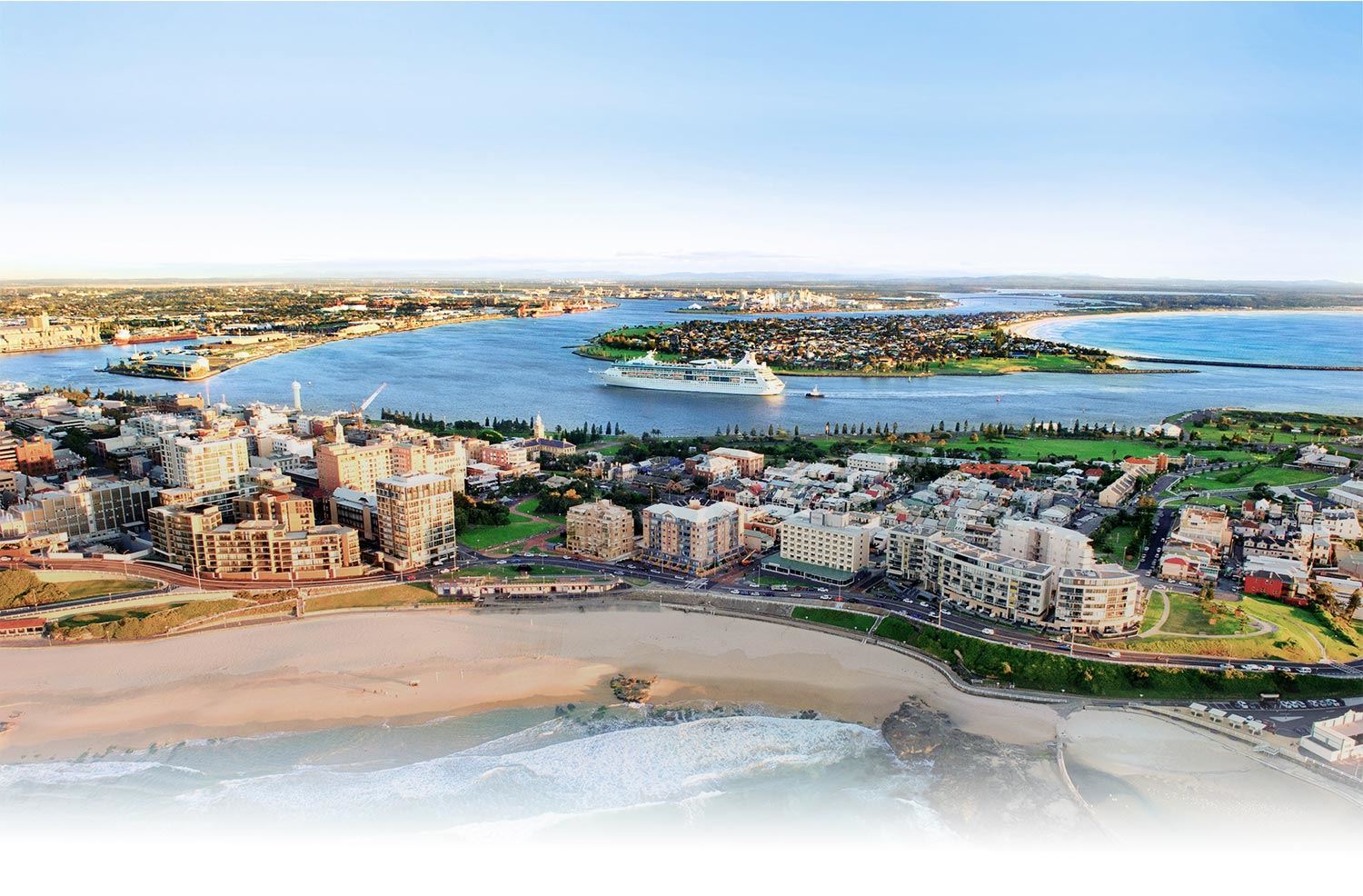
Bushland

Our city has bushland areas that are home to a rich array of flora and fauna, including several threatened species. These bushland areas are significant to protecting and enhancing the city's biodiversity, green spaces and liveability of our urban areas. They are places we can visit to disconnect from the frantic pace of modern life, and re-energise or re-focus.
In the north-west of our LGA, bushland and wetlands such as the iconic Pambalong Nature Reserve and Black Hill Bushland lie in alignment with bushland reserves of Cessnock and the iconic Mount Sugarload range, contributing to the regionally significant Watagans to Stockton biodiversity corridor. Other large parcels of bushland such as Glenrock State Conservation Area, Blackbutt Reserve, Jesmond Bushland, Blue Gum Hills Regional Park provide essential habitat for many species and vegetation communities.
The city has over 30 unique vegetation communities and some Newcastle ecosystems are considered endangered, including Freshwater Wetlands, coastal Themeda grasslands and Lower Hunter Spotted Gum Ironbark Forest.
Even small parcels of bushland provide vital habitat and resources for food, refuge, and movement corridors through our urban and suburban landscapes, contribute to our local biodiversity, and our connection to nature.
Fauna that call our bushland areas home include the Superb Fairy Wren, and the large and fascinating Powerful Owl, a threatened species and the largest owl to nest in our remnant bushland areas. Other species, like the nationally threatened Grey-Headed Flying-Fox graces our evening skies, with their camps located in the rainforest pockets of Blackbutt Reserve and the mangroves of Throsby Creek. Families of Squirrel Gliders leap from tree to tree at night in the bushland areas of Blue Gum Hills Regional Park, Blackbutt Reserve and Jesmond Bushland.
Around 100 threatened plant and animal species have been recorded in our city, including Black-eyed Susan, critically endangered Scrub Turpentine, and Squirrel Gliders who all depend on healthy and connected bushland.
Over the last decade Council has, with our partners and the community, regenerated over 2,210 hectares of bushland. We look forward to continuing this work to regenerate our natural environments and expand our urban forest through Council’s natural assets renewal program.
Caring for our bushland
Some activities result in bushland health decline through damage to vegetation, habitats, causing erosion and sedimentation, water and air pollution. Other activities impact animals by inducing stress or interrupt their movements and behaviours. Being aware and avoiding these activities and behaviours ensure our bushland areas stay healthy and resilient.
Be a good bushland neighbour by:
- Garden waste can go in your green bin, be picked up by council or be taken to Summerhill Waste Management Centre. Dumping it onto bushland might seem ok – but it often introduces invasive species and diseases.
- Stay on existing tracks and trails.
- Keep your activities low impact – don't build bike tracks, jumps or cubby houses in bushland areas.
- Where dogs are allowed, please keep your dog on a lead, picking up their waste and disposing of it responsibly. Even if your dog is well behaved it can leave behind scent which scares smaller native animals and birds. They have a housing crisis too!
- Keep your cat inside.
- Protect biodiversity by arranging for council to dispose of your waste instead of dumping it.
- Preserve habitat - do not collect wood and timber from bushland areas.
- Report suspicious or unauthorised activities to the Council on 4974 2000.











